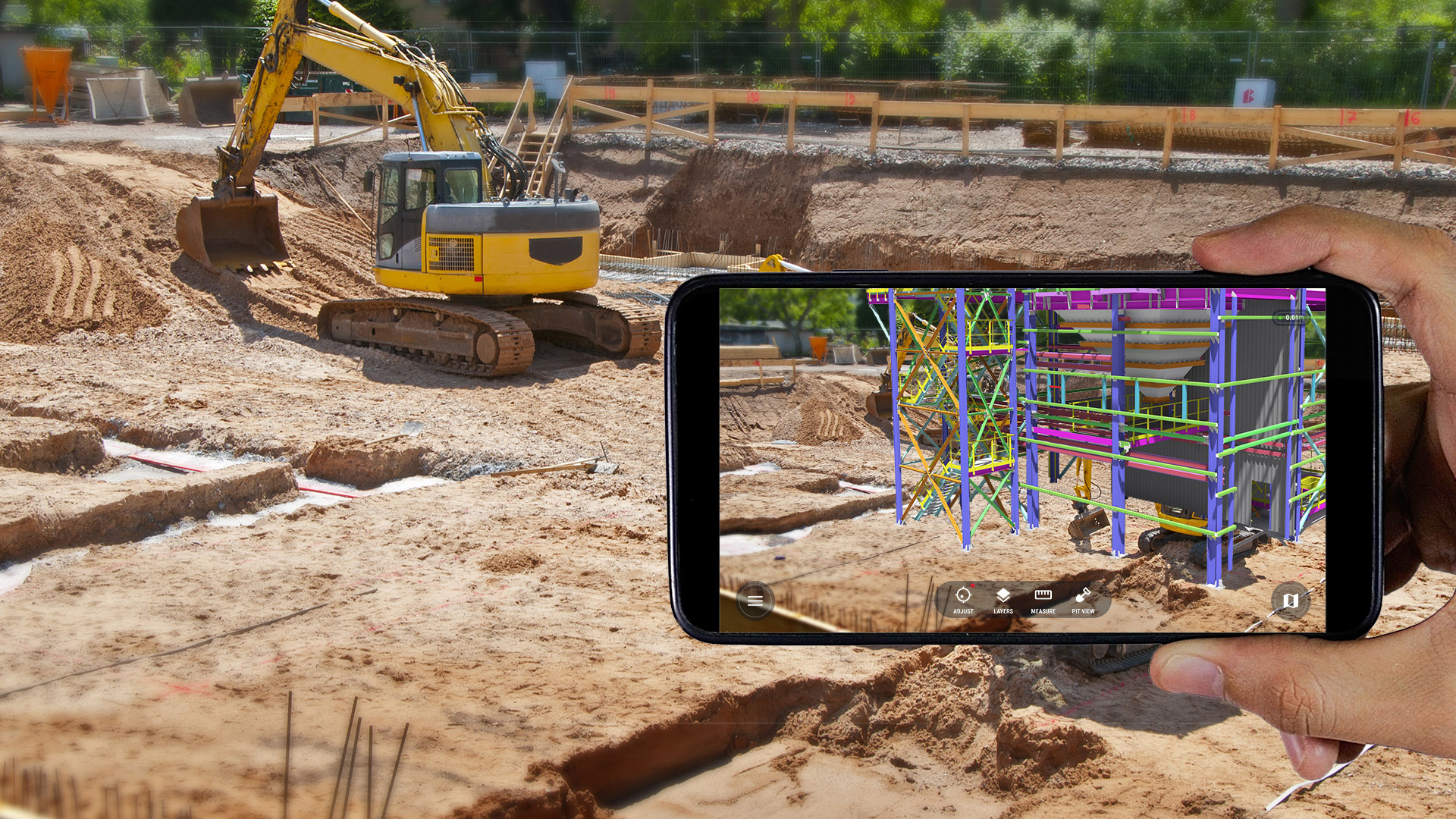The Intersection Of Civil Engineering And Augmented Reality (AR) For Construction

Have you ever wondered how construction engineers and architects are able to perform their duties without making any mistakes? The answer lies in the use of engineering-grade AR. This technology has revolutionized the way civil engineering and construction (AEC) is conducted, providing a level of accuracy never seen before.
Engineering-grade AR, sometimes referred to as high-accuracy augmented reality, is a game-changing technology for the construction industry. The technology combines the use of precise geolocation and augmented reality, producing accurate and reliable data that is essential for AEC projects. Through rendering 3D models, engineers and architects can effectively view the construction site from every possible angle and make data-driven decisions to enhance the building process.
The use of engineering-grade AR provides tremendous benefits for AEC projects. One significant advantage is the ability to avoid costly rework caused by mistakes or omissions during the initial building phase. Through AR, engineers can detect any potential issues ahead of time, such as hidden pipes or weak infrastructure areas, and rectify them before they cause significant problems. Additionally, AR allows for collaborative digital environments, where engineers and architects can share and work on the same building models, ensuring efficient and seamless project management.
Another common use for engineering-grade AR is in the creation of virtual reality simulations for large-scale infrastructure projects like highways or railroads. By creating a digital plan of the infrastructure, engineers can simulate the project in a virtual environment and test its feasibility. In this way, engineers can identify any potential issues or hazards before construction begins and come up with informed solutions that are cost-effective and efficient.
Engineering-grade AR is a rapidly growing technology, and as such, it raises some concerns and questions. Here are a few questions related to this revolutionary technology and their answers:
Frequently Asked Questions
How accurate is engineering-grade AR?
Engineering-grade AR is incredibly accurate, with a precision of typically 1-2 centimeters. This level of accuracy is essential for AEC projects to avoid costly mistakes.
Is engineering-grade AR affordable?
The costs of engineering-grade AR are coming down as the technology becomes more mainstream. While currently higher than other AR solutions, the benefits in terms of improved accuracy and reduced rework can more than cover this cost in the long run.
Are there any risks or concerns with using engineering-grade AR?
As with any technology, there are concerns about privacy and security when using engineering-grade AR. However, as long as the necessary security measures are put in place, the benefits of the technology far outweigh the risks.
With the incredible benefits of engineering-grade AR in the AEC industry, the use of this technology is here to stay. As the technology continues to advance and more companies begin to implement it in their projects, we can expect to see even more improvements in the accuracy and efficiency of construction engineering and architecture.
So, if you are looking for a technology that can help you achieve precision and accuracy in your construction projects, consider investing in engineering-grade AR today!
Thank you for taking the time to read about engineering-grade AR and its applications in civil engineering and construction. If you have any further questions about engineering-grade AR and its benefits, we encourage you to reach out to a professional in the field for more details.
Happy building!


Post a Comment for "The Intersection Of Civil Engineering And Augmented Reality (AR) For Construction"